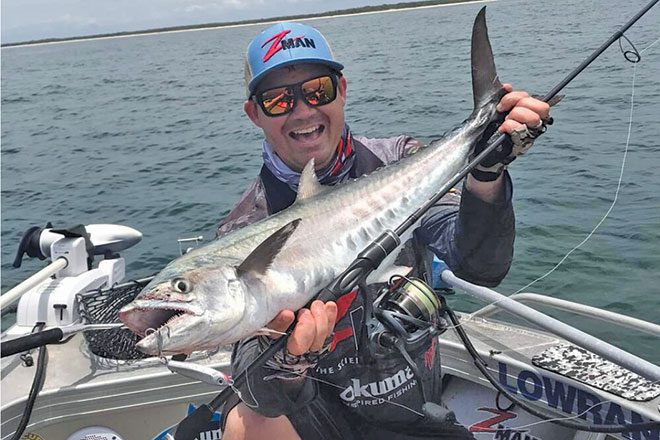Now, this might be an unusual topic to write about, but how do you recover from a session that produced nothing but a dreaded doughnut?
I guess first off, you need to set yourself some guidelines as to what is considered a doughnut.
Is it no fish caught at all or is it not nailing your intended target species with by-catch still coming in?
For me, I’m a bit of an opportunistic angler, so more often than not I’ll have a rough plan to target a particular species, such as a flathead on an edge bite.
However, if I head out and can’t find a flathead to save my life though instead find a school of hungry trevally that are happy to smash my plastics, I count this as a win and therefore not a doughnut session.
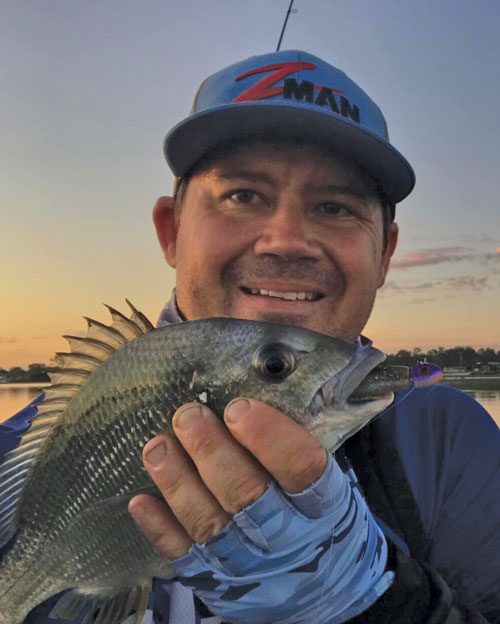
For me, to have an absolute doughnut session means zero fish in the boat.
On the other hand, for people who are dedicated to catching a particular species such as bream, bass or mulloway, not catching their chosen species and getting a bucket load of other fish might still be considered a doughnut session.
So, the question is, what do you define a doughnut session as?
Some factors that can influence how good a session is going to be include elements such as location, tide, moon phase, weather condition and time of year, and many of these factors can make or break your session.
Most anglers will consider all of these factors and more – usually researching all the tried and proven methods and techniques in order to give themselves the best chance of success.
Avoiding the doughnut
When I’m out on a session that is likely to result in a zero fish tally, I am constantly looking for factors that will turn my trip around.
These include things such as identifying where the bait is holding, changing my presentation, varying my location and occasionally, a ‘Hail Mary’ may even be called upon to try and scratch up a fish.
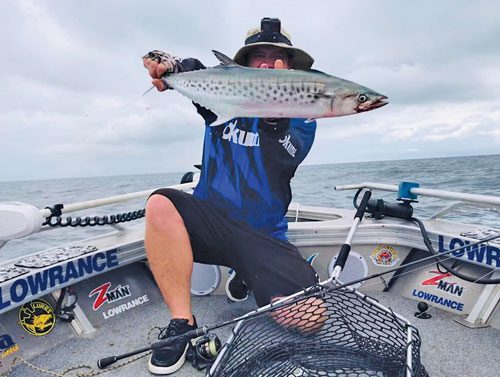
Finding the bait
Instead of flogging dead ground only because I found fish there on previous trips, I will actively look for likely areas that are holding bait. Weed edges, drop-offs, mangrove areas and a favourite of mine… drains.
These are all likely places for me to start searching for bait and ultimately the bigger fish. Selecting an area is going to be driven by where your intended target species are likely to be.
As an example, flathead prefer all the aforementioned areas, though if I’m looking for jewfish and it’s the right time of year, I might start by using my sounder to find deeper structure such as a rock bar that is holding baitfish.
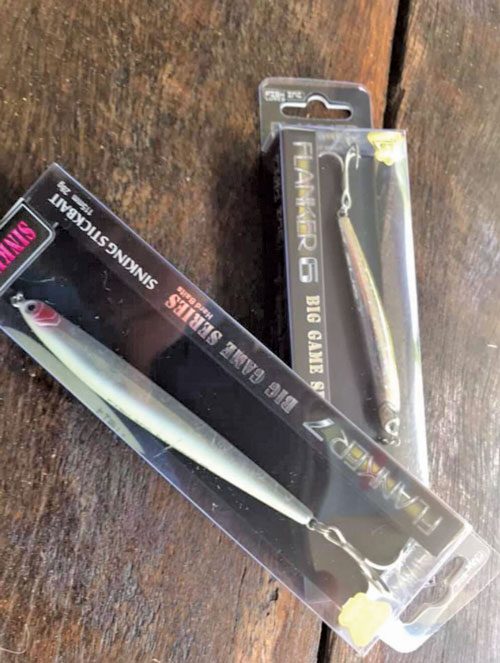
Change presentation
Once I’ve found the fish, getting them to bite is the next challenge. If they don’t want to play ball straight away, I will start cycling through my presentations.
I will often rotate through different styles and sizes of my Z-Man plastics and perhaps change from a fish pattern to a curl tail GrubZ or a prawn style.
Things to consider when changing your soft plastics are size and colour. As many fishing articles will advise, matching the hatch is often the key to being successful.
Look for clues as to what bait is holding. If it’s 3” hardyhead, then a Z-Man 3” MinnowZ might be the go.
If there are big runs of freshwater with a lot of prawns and crabs being flushed around, then swapping to something similar to a Z-Man EZ ShrimpZ could definitely turn your session around.
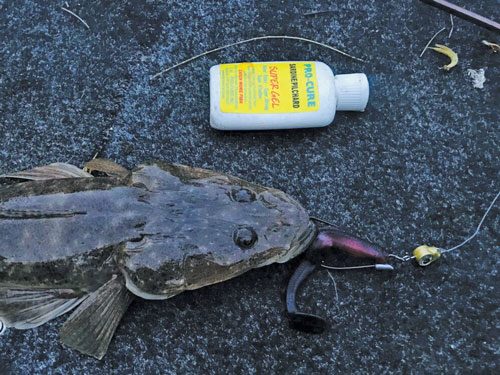
While we are on the topic of plastics, don’t forget to try different jig head weights and styles.
Changing from a standard TT HeadlockZ HD jig head to a painted jig head with eyes – such as a TT DemonZ or Big EyeZ – might tempt that big fish to bite.
Obviously, there are a lot of different presentations out there, including hard-bodies, plastics, live and dead bait.
No matter what presentation you are using, remember to take cues from the bait that is around you and this will often improve your chances of attracting a bite.
Location
Ever heard people say, “everything looks good?”
Occasionally, you’re on the water and wherever you look deserves a cast… and sometimes this pays off and you catch fish.
More often though, you need to focus on finding the spots that are holding bait and fish.
A rough rule of thumb for me is if the tide is running up to high, the bait is going to be pushing up with the tide.
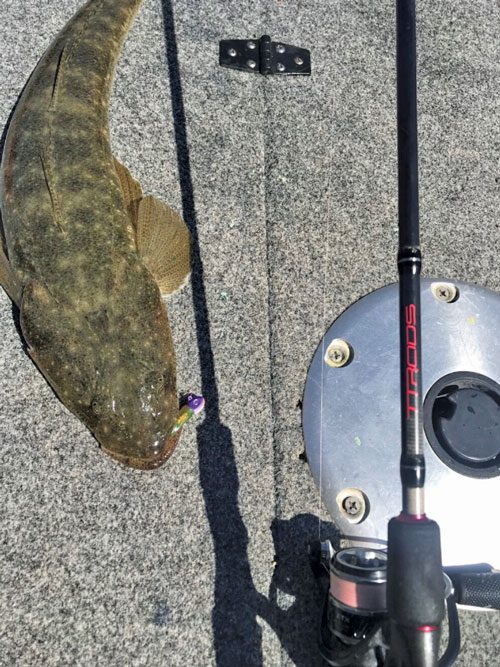
So I’ll focus on where the bait is going to be holding and pushing in as the tide comes in, such as a mangrove edge.
Likewise, when the tide begins to drop, I’ll focus on areas where the bait is going to be holding as the water recedes, such as drains and structure in deeper water.
Bouncing back from the doughnut
This rings true for me lately – the dreaded doughnut.
A few of my sessions were purely experimental and resulted in doughnuts, however the others hurt a little because I couldn’t get it together at all.
Following a recent flathead session that didn’t work out, I sat back and had a think about what went wrong.
I managed to find areas that were holding heaps of bait and the bigger fish were there, however they wouldn’t commit to a good strike – choosing rather to tail grab the plastic.
Ultimately, they showed little interest – probably because they were full. It was a late afternoon session, so looking back I could have simply changed from an afternoon to an early morning session.
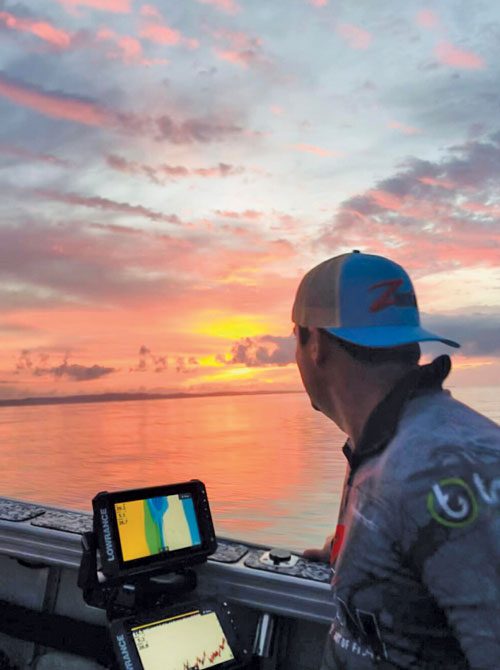
I could also have looked at changing my presentations a little more – sending out a well-presented Z-Man 2.5” TRD CrawZ or 2.75” TRD BugZ rigged on a TT NedlockZ jig head.
I could have slowed this down and held that presentation right in front of the fish – basically annoying them into biting.
So, with a little reflection on what didn’t work, fingers crossed I’ll be back in the game next session.
At some stage, the inevitable doughnut session is going to occur and for anglers who froth on fishing and go out day after day regardless of how well they go, scoring a doughnut session isn’t such a bad thing.
We need to take it as an opportunity to learn and think about how to change the approach for the next time.
For some of us though, having a doughnut session can be a little soul destroying… limited time, all that effort and with nothing to show for it.
But don’t worry about it – try to use it as a learning opportunity.
Occasionally, the worst sessions can teach you the most and allow time to experiment and explore new water.
Ask friends how they went, what techniques they used, and don’t forget to check out all the free information online, including YouTube videos, articles, forums and such.
With a bit of luck and a few plans up your sleeve, you’ll be nailing fish on the next trip.
Screaming drags!
 Bush 'n Beach Fishing Magazine Location reports & tips for fishing, boating, camping, kayaking, 4WDing in Queensland and Northern NSW
Bush 'n Beach Fishing Magazine Location reports & tips for fishing, boating, camping, kayaking, 4WDing in Queensland and Northern NSW
